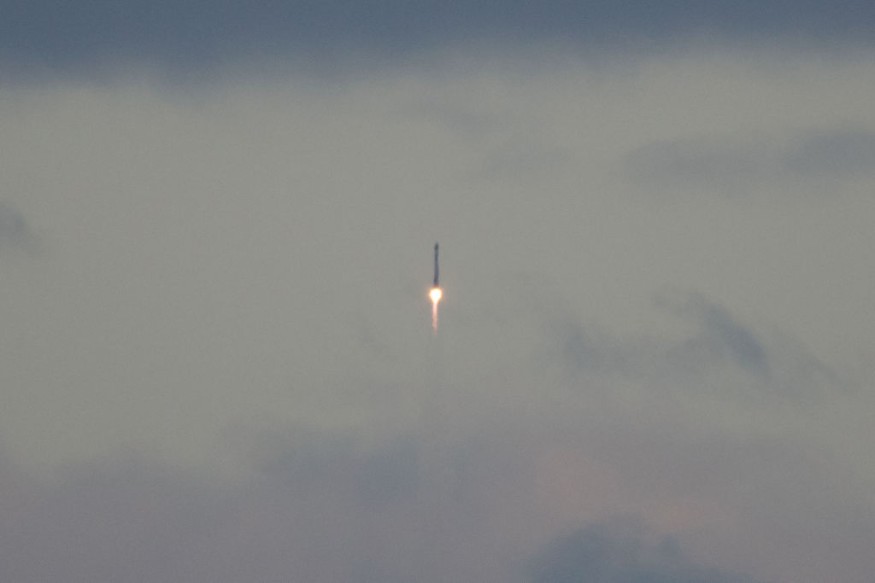On Sunday, May 7, Rocket Lab was scheduled to launch the initial group of NASA storm-monitoring satellites. The event can be viewed live. Two satellites from the NASA TROPICS constellation launched from Mahai, New Zealand, after 9 p.m. EDT. Aside from Rocket Lab, NASA TV also provided live coverage of the launch which started at 8:30 p.m. EDT (0030 GMT on May 8).

Rocket Like Hurricane
Rocket Lab's first mission, named "Rocket Like a Hurricane," launched TROPICS satellites, with a second mission called "Coming to a Storm Near You" in the coming weeks.
The first batch of TROPICS satellites was meant to launch in June 2022, but they were lost during a malfunction of Astra's Rocket 3.3 booster. NASA then selected Rocket Lab as the solution to get the satellites launched by November 2022 to track urgent hurricane navigation needs, as per Rocket Lab's press release back then.
Rocket Lab changed the launching site to New Zealand with the aim of getting ahead of the 2023 storm season. In a statement on Twitter, Rocket Lab officials highlighted the devastation caused by Cyclone Gabrielle, emphasizing the privilege of launching satellites tasked with tracking storms and providing information to those in its path.
The second mission "Coming to a Storm Near You" is anticipated to launch shortly after the success of the initial launch, but this is subject to review.
Rocket Lab's selection as a solution shows the urgency in making design changes for the new Rocket 4, after losing Astra's Rocket 3.3 booster. Launching satellites is critical in hurricane navigation due to their ability to track, monitor, and provide actional advice on storms' expected path and impact.
READ ALSO : Catch Me if You Can: Rocket Lab Will Attempt Catching a Reusable Rocket Mid-Air Using a Helicopter
Rocket Lab's Electron Rocket
The Electron rocket, standing at 59 feet (18 meters) tall, has the capacity to send up to 660 pounds (300 kilograms) of payload to low Earth orbit, Space.com reported. Its launch is powered by nine Rutherford engines, which are 3D-printed for both the first and second stages of the rocket. A kick stage then sends satellites to their designated orbits.
Rocket Lab has flown over 30 orbital missions utilizing expendable Electrons, but hardware testing suggests that reusability may be an option. The company plans to launch a reusable Rutherford engine in the third quarter of 2023 and has recovered six Electron boosters from various orbital launches.
Previously, Rocket Lab attempted to catch falling boosters with helicopters but has since found that Electron's first stages perform well after plunging into the ocean.
Therefore, water recoveries will be the primary method of recovering Electron boosters for re-flight, as stated in a company announcement from March. While Rocket Lab does not intend to recover the Electrons for the upcoming TROPICS launch, it may be an option for future missions.
RELATED ARTICLE: Rocket Lab Failed To Catch Booster Mid-air Using a Helicopter After Successfully Sending Satellites to Orbit
Check out more news and information on Rocket Lab in Science Times.












